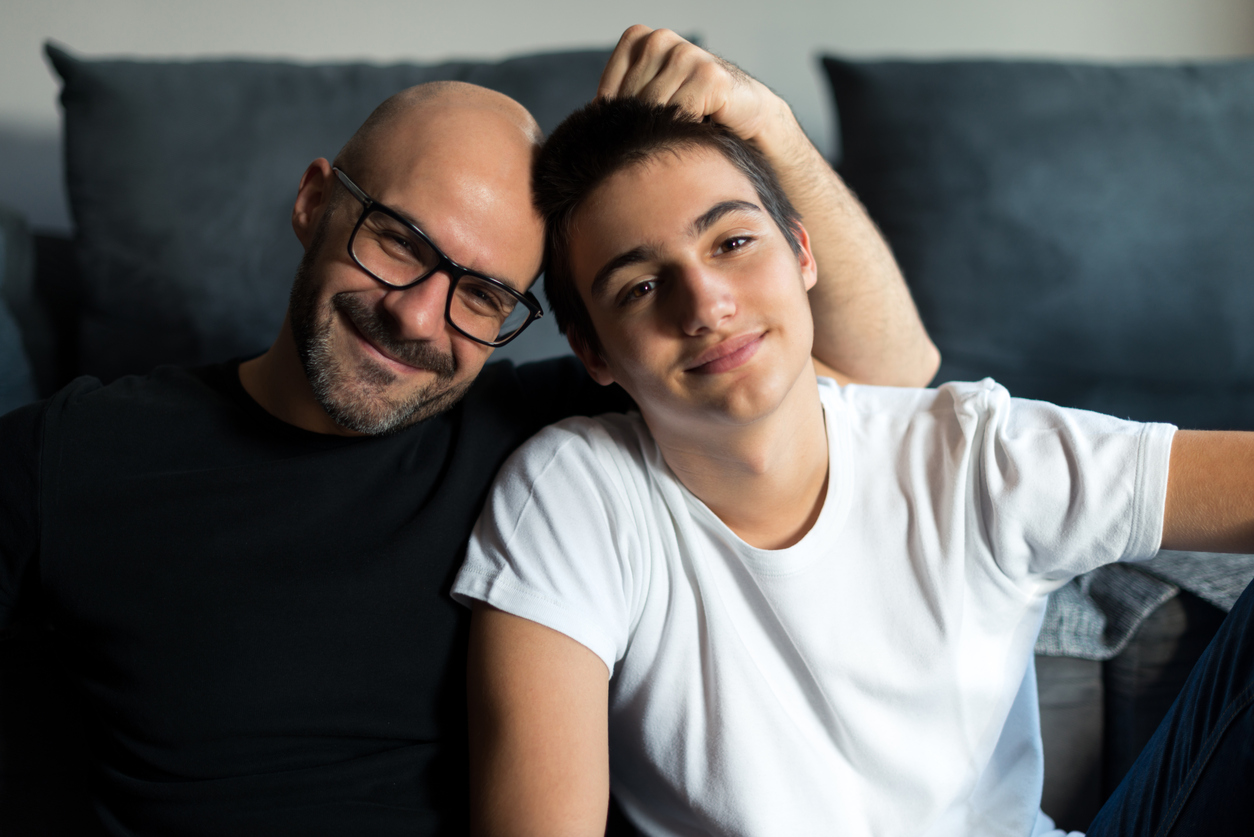
What We Can Do To Help Teens Face Mental Health Issues
Posted August 9, 2018, 12:00 pm by
First, the good news.
The Centers for Disease Control and Prevention tracks and publishes regular updates on youth risk behavior. The Youth Risk Behavior and Surveillance System (YRBSS) is meant to highlight behaviors among young people that cause the most serious health problems and assess risk behavior changes over time. Tracking this information helps foster critical prevention strategies for parents and professionals.
Monitoring the Future, a survey funded by researchers at the National Institute on Drug Abuse (NIDA) and conducted by the University of Michigan, found that reported drug use among adolescents remains lower than pre-pandemic levels.
But there’s plenty of bad news and much of it has to do with teenage mental health.
Teens' struggles with mental health
One in seven high school students told the CDC they had misused prescription opioids, according to the Times. While comparable data is not available because this was the first CDC survey of those behaviors, this raises a red flag about the epidemic of youth prescription drug use. The National Institute on Drug Abuse reports that after marijuana and alcohol, prescription and over-the-counter drugs are the most commonly misused substances by Americans age 14 and older.
Misuse of these medications represents a clear and present danger to young people, fueling important work being done by such organizations as McCann Health, the Opioid Policy Research Collaborative at Brandeis University and other collaborators at the Center for Adolescent Research and Education (CARE).
Here’s one important thing to keep in mind: Teens misuse prescription drugs for a number of reasons, not only to get high but because they think it will help them with school work or to stop emotional pain. To that point, the CDC reports that the percentages of youth experiencing feelings of sadness or hopelessness, suicidal thoughts and days out of school because of concerns about bullying or violence have all risen since 2016.
The National Alliance on Mental Illness says that 20% of youth and young adults live with a mental health condition – half develop the condition by age 14 and three-quarters by age 24.
What does NAMI recommend? Reminding children and young adults that sharing their struggles can lighten the burden, and providing necessary support, including professional help.
“A mental health condition isn't your fault or your family's fault – it develops for complicated reasons that researchers are only starting to understand,” NAMI stresses. “You have the power to take the steps necessary to improve your mental health. … Many teens and young adults live full lives with a mental health condition. More and more teens and young adults are speaking out about their experiences and connecting with others. …”
To facilitate communication, NAMI offers an online platform, OK2TALK, that connects teens with others suffering from mental illness. It not only gives teens a place to voice their fears, but can connect them with help.
Other innovative programs include “Love Is Louder” from The Jed Foundation and “#MyYoungerSelf,” developed by the Child Mind Institute. “Actors, athletes, social influencers, businesspeople and more are sending messages of hope about their experience growing up with a mental health or learning disorder. … You’re not alone. Ask for help,” recommends the institute.
But while asking for help is a cornerstone of identifying and addressing mental health disorders among people of all ages, stigma remains a persistent problem, Dr. Victor Schwartz, medical director of the JED Foundation, says.
NAMI describes our poor attitudes toward mental illness as a “contagious virus.” A key part of that effort revolves around its #CureStigma campaign.
“Each year we fight stigma, provide support, educate the public and advocate for policies that support people with mental illness and their families,” NAMI posted in May, during Mental Health Awareness Month.
So back to strategies, what can we do? Fight stigma, promote helpful conversations and suggest treatment – those are all concrete steps to elicit more good news about teens.
Need more help to find help?
Here are more resources for dealing with teen mental health-issues and substance abuse.
- Clay Soper Memorial Fund
- National Alliance on Mental Illness
- JED Foundation
- SADD (Students Against Destructive Decisions)
- Center for Adolescent Research and Education (CARE).
- Jordan Porco Foundation
Blog Categories
- Career Advice
- College Admissions
- Colleges & Universities
- Financial Aid and Scholarships
- For Counselors
- For Parents
- For Students
- Gap Years
- Mental Health and Wellness
- Online Learning
- Performing and Visual Arts
- STEM Majors and More
- Summer Programs
- Teen Volunteering
- Trade & Vocational Schools
- Tutoring & Test Prep

Organization with listings on TeenLife? Login here
Register for Free
We’re here to help you find your best-fit teen-centered academic and enrichment opportunities.
Forgot Password
"*" indicates required fields








